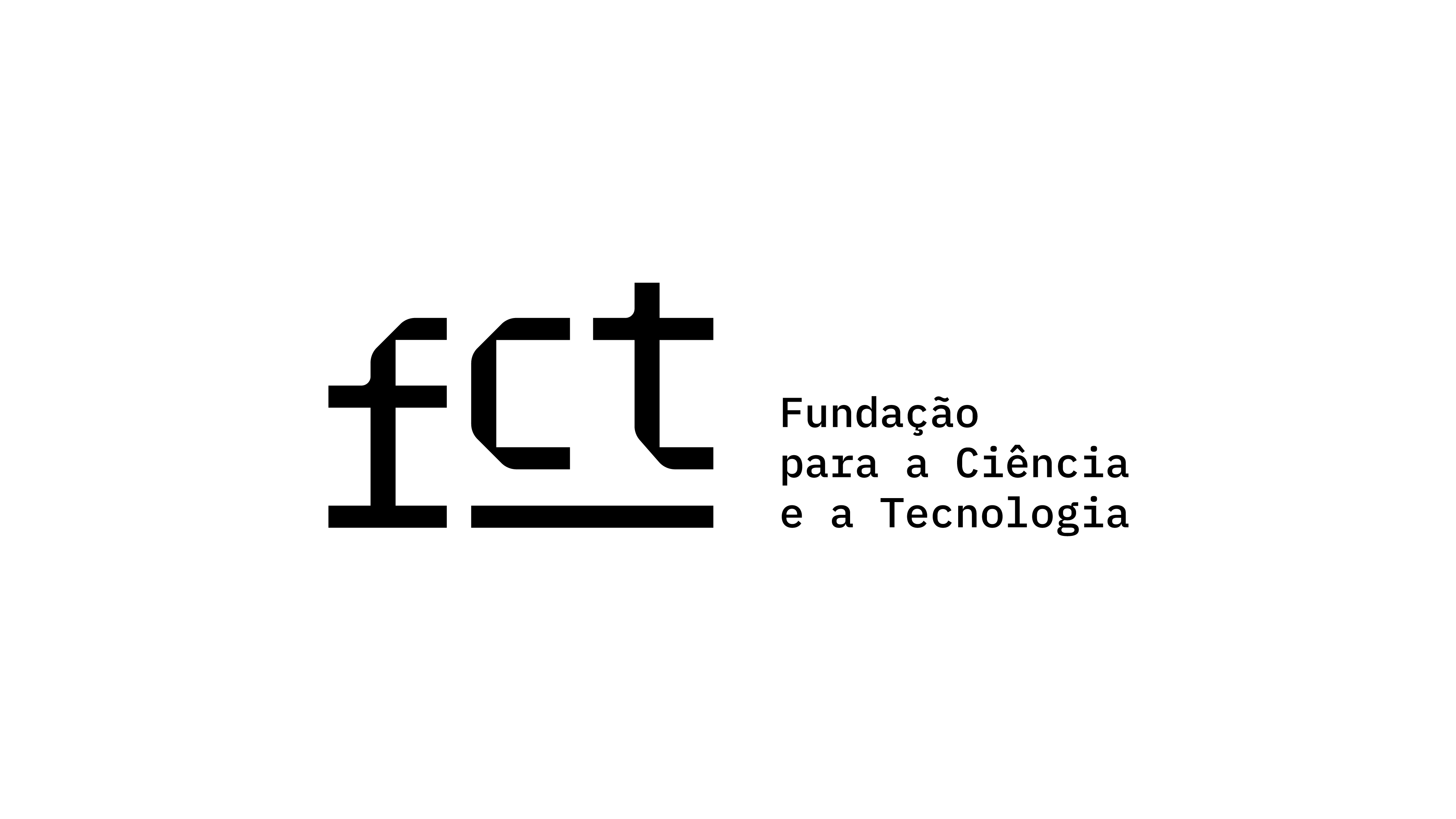Research Publications
Export 26 results:
Filters: Keyword is Oak decline [Clear All Filters]
(2014). Drought events determine performance of Quercus ilex seedlings and increase their susceptibility to Phytophthora cinnamomi.
Agricultural and Forest Meteorology. 192-193, 1-8.
(2014). Ectomycorrhizal symbiosis in declining and non-declining Quercus ilex trees infected with or free of Phytophthora cinnamomi.
Forest Ecology and Management. 324, 72-80.
(2014). Histopathology of infection and colonization of Quercus ilex fine roots by Phytophthora cinnamomi.
Plant Pathology. n/a-n/a.
(2013). Combined effects of soil properties and Phytophthora cinnamomi infections on Quercus ilex decline.
PLANT AND SOIL. 373(1-2), 403 - 413.
(2013). Mark–recapture of Cerambyx welensii in dehesa woodlands: dispersal behaviour, population density, and mass trapping efficiency with low trap densities.
Entomologia Experimentalis et Applicata. 149, 273-281.
(2013). Mark–recapture of Cerambyx welensii in dehesa woodlands: dispersal behaviour, population density, and mass trapping efficiency with low trap densities.
Entomologia Experimentalis et Applicata. 149(3), 273 - 281.
(2013). Quercus ilex forests are influenced by annual variations in water table, soil water deficit and fine root loss caused by Phytophthora cinnamomi.
Agricultural and Forest Meteorology. 169, 92 - 99.
(2011). Calcium fertilizers induce soil suppressiveness to Phytophthora cinnamomi root rot of Quercus ilex.
European Journal of Plant Pathology. 132(2), 271 - 279.
(2011). Phytotoxins produced by the oak pathogen Discula quercina.
Forest Pathology. 41(2), 85 - 89.
(2011). The role of yellow lupin (Lupinus luteus) in the decline affecting oak agroforestry ecosystems.
Forest Pathology. 41, 382-386.
(2010). Analysis of spatial patterns of oak decline in cork oak woodlands in Mediterranean conditions.
Annals of Forest Science. 67(2),
(2010). Lupinus luteus, a new host of Phytophthora cinnamomi in Spanish oak-rangeland ecosystems.
European Journal of Plant Pathology. 128, 149-152.
(2009). Quercus ilex root growth in response to heterogeneous conditions of soil bulk density and soil NH4-N content.
Soil and Tillage Research. 103, 16-22.
(2009). Quercus ilex root growth in response to heterogeneous conditions of soil bulk density and soil NH4-N content.
Soil and Tillage Research. 103(1), 16 - 22.
(2001). Inflación del capital natural de la dehesa: hipótesis sobre la naturaleza caótica de la seca de los Quercus DENTRO DEL PROCESO DE LA SENESCENCIA FOLIAR.
III Congreso Forestal Español Congreso.
(2001). Inflación del capital natural de la dehesa: hipótesis sobre la naturaleza caótica de la seca de los Quercus DENTRO DEL PROCESO DE LA SENESCENCIA FOLIAR.
III Congreso Forestal Español Congreso.
(1999). Etiology of oak decline in Spain.
European Journal of Forest Pathology. 29, 17-27.
(1999). Etiology of oak decline in Spain.
European Journal of Forest Pathology. 29(1), 17 - 27.
(1999). Treatment of oak decline using pressurized injection capsules of antifungal materials.
European Journal of Forest Pathology. 29(1), 29 - 38.
(1999). Treatment of oak decline using pressurized injection capsules of antifungal materials.
European Journal of Forest Pathology. 29, 29-38.
(1997). CONTRIBUCIÓN AL ESTUDIO DE LA SECA DE LA ENCINA (Quercus rotundifolia Lam.) EN EL NOROESTE DE LA PROVINCIA DE ALBACETE.
II Congreso Forestal Español. 289-294.
(1996). Phytophthora cinnamomi and oak decline in southern Europe. Environmental constraints including climate change.
Ann. For. Sci.. 53, 347-358.
(1994). European oak declines and global warming: a theoretical assessment with special reference to the activity of Phytophthora cinnamomi.
EPPO Bulletin. 24, 221-232.
(1994). European oak declines and global warming: a theoretical assessment with special reference to the activity of Phytophthora cinnamomi.
EPPO Bulletin. 24(1), 221 - 232.
(1993). Evidence for Phytophthora cinnamomi involvement in Iberian oak decline.
Plant Pathology. 42(1), 140 - 145.
(1993). Evidence for Phytophthora cinnamomi involvement in Iberian oak decline.
Plant Pathology. 42, 140-145.



